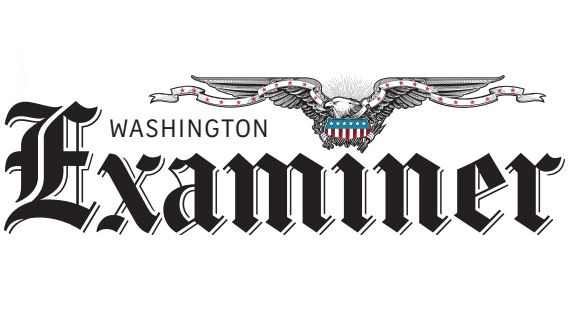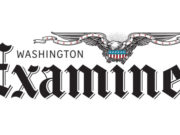Before progressives began to obsess over “fake news,” they were convinced that the greatest threat to our democracy was the scourge of “dark money.” “Dark money,” we were told all year long in 2016, is “flooding” the political system, undermining our democracy, and must be addressed with more restrictions on political spending and contributions to nonprofit groups.
Most people have no idea what “dark money” is, but it must be bad because it is:
a) “dark,” and hence scary,
b) “money,” and hence “the root of all evil.”
In reality, “dark money” is pretty simple and not very scary at all.
Under federal law, candidates, political parties and PACs (including “super PACs”) must disclose all donors who contribute more than $200. Sometimes, however, groups that exist for things other than promoting candidates will spend money on an election ad. Because many people support these groups for reasons other than political activity, they are not required to disclose information on financial supporters unless those people gave for the purpose of financing political ads. But the group making the expenditure must disclose its political spending in excess of $250.
Thus, “dark money” isn’t really “dark” — we know who spent it, and how much they spent. We just don’t know the name of every individual who gave money to that group or organization.
Despite the panic about “dark money,” the Center for Competitive Politics, using data compiled by the Center for Responsive Politics (an organization that does much to pump up the “dark money” scare) and the Federal Election Commission, calculates that “dark money” was less than 4 percent of all federal political spending in the 2014 election cycle. While final numbers aren’t in yet for 2016, preliminary figures look like they will fall below 3 percent for 2016.
An example of how worriers about “undisclosed” political spending have lost touch with reality is a year-end release by the Center for Public Integrity, a self-described “nonprofit investigative news organization” with a mission “to serve democracy by revealing abuses of power.” CPI headlined the release, “10 Shadowy Groups that Snuck Into Your Elections.”
Just who are these “shadowy groups?” For starters, the list includes the Republican and Democratic Governors Associations, the Republican and Democratic Attorneys General Associations and the Republican State Leadership Committee.
How will voters ever know these groups’ agendas if statewide elected officeholders can hide their partisanship behind innocuous labels like “Republican” and “Democratic?” Somewhat oddly, the article goes on to note that each of these five “shadowy” groups “discloses donors.”
Two other “shadowy groups” are the League of Conservation Voters and Planned Parenthood. Yet another is Everytown for Gun Safety Action Fund. Michael Bloomberg publicly announced he was giving the group $50 million, but don’t let that fool you: they’re “shadowy,” too.
Then there is the Center for Individual Freedom. A Google search only yielded 50,100,000 results, so there’s not much out there that voters can use to educate themselves about CIF. But at least good campaign finance “reformers” know to mistrust any ad from a group with “Freedom” in the name.
Finally, we have the State Conservative Reform Action PAC, a “shadowy” group that also, the article reveals on close inspection, “discloses donors” and “was formed in 2014 to advocate for the election of fiscal conservatives to state political offices, [and] is heavily funded by conservative megadonors Richard Uihlein and Robert Mercer.” Talk about “sneaking” into elections!
Today, the United States has more campaign finance disclosure laws on the books than at any time in our history. So many, it seems, that even the most “shadowy” groups are often disclosing their donors. When the best examples of “shadowy” groups we can come up with are Planned Parenthood and the Republican Governors Association, perhaps it’s time to put the “dark money” narrative to bed.
This post originally ran in The Washington Examiner on January 12th 2017.














